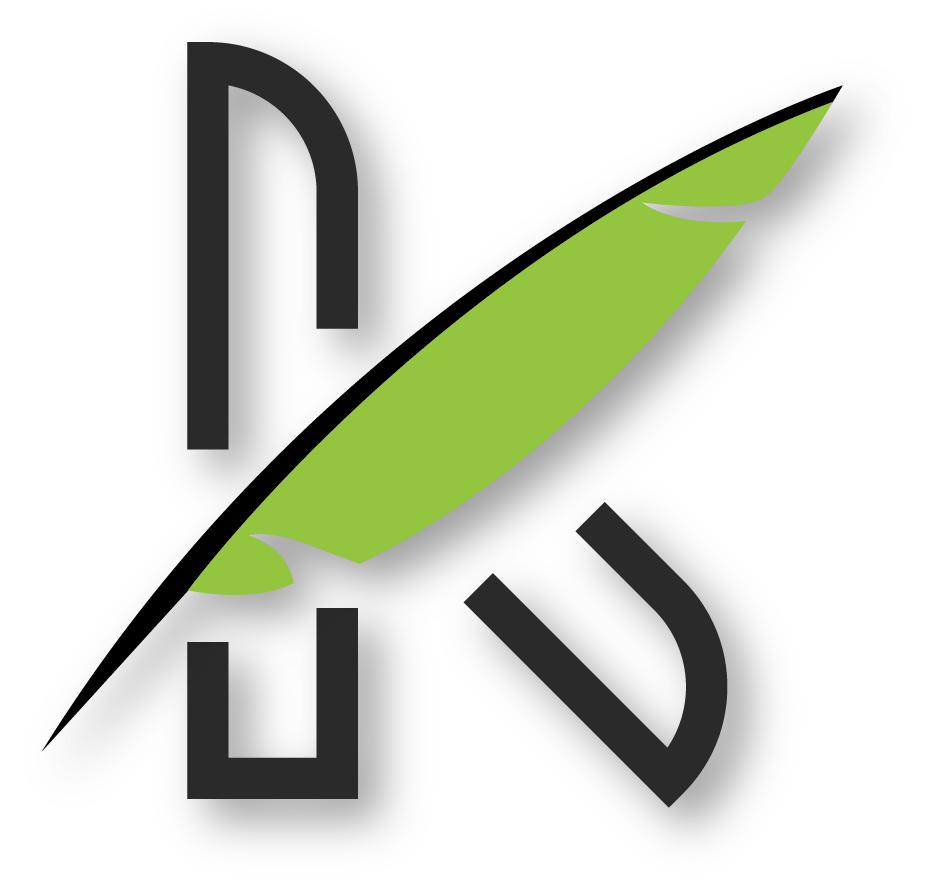Course Overview
Course Overview: Laravel Launchpad
Are you ready to dive into the world of web development but don’t know where to start? Laravel Launchpad is designed specifically for beginners who want to learn the most popular PHP framework—Laravel. This course takes you from zero to hero, guiding you through every step of building powerful and dynamic web applications.
What You'll Learn:
- Introduction to Laravel: Understand the basics of the Laravel framework and why it's loved by developers worldwide.
- Setting Up Your Development Environment: Learn how to install Laravel and configure your local development environment.
- Routing and Controllers: Master the art of routing requests and creating controllers to handle application logic.
- Blade Templating Engine: Discover how to build dynamic and reusable views using Laravel’s Blade templating engine.
- Database Integration: Connect to databases using Eloquent ORM, and perform CRUD (Create, Read, Update, Delete) operations effortlessly.
- Form Handling and Validation: Learn how to build forms, manage user input, and validate data with ease.
- Authentication and Authorization: Implement user registration, login, and role-based access control securely.
- APIs with Laravel: Explore the world of RESTful APIs by building and consuming APIs within your Laravel application.
- Deployment and Hosting: Deploy your Laravel application to a live server and make it accessible to the world.
Course Highlights:
- Hands-on projects to apply your learning in real-world scenarios.
- Quizzes and assessments to track your progress.
- Community support for doubt resolution and peer interaction.
- Lifetime access to course material with regular updates.
Who Should Enroll?
- Beginners with no prior programming experience.
- Developers familiar with PHP who want to learn Laravel.
- Anyone looking to start a career in web development.
Join Laravel Launchpad and kickstart your journey into web development with confidence and the right guidance. By the end of this course, you’ll have built your first fully-functional web application and gained the skills to create many more!
FAQ
-
PHP Basics – Variables, loops, functions, OOP (Classes & Objects).
-
HTML, CSS, JavaScript – Basic web development.
-
Databases (MySQL) – How to create tables and run simple queries.
-
Composer – For managing PHP dependencies.
-
Command Line Basics – Running terminal commands.
-
MVC (Model-View-Controller) – Understanding how Laravel structures code.
-
Web Server (XAMPP, MAMP, or WAMP)
-
Create Websites & Web Apps – Build dynamic and powerful applications.
-
Work with Databases – Store and manage data easily.
-
Build APIs – Create backend services for mobile apps or frontend frameworks.
-
User Authentication – Add login, registration, and security features.
-
Automate Tasks – Schedule emails, reports, and cleanups.
-
Use Artisan Commands – Speed up development with built-in tools.
-
Deploy Projects – Host your Laravel apps online.
-
Improve Performance – Use caching, queues, and database optimizations.
-
Real-Time Features – Add live notifications and updates.
-
Work in Teams – Use Git and follow best coding practices.
Requirment
Outcomes
Internships
No internships
Course curriculum
-
What is Routes ?
00:04:55 -
Route with example
00:03:48 -
Parameter Routes
00:05:58 -
Multiple Parameters in Route
00:03:14 -
Regular Expression in Routing
00:04:57 -
Multiple Regular Expressions in Route
00:03:59 -
Regular Expression with Helper Methods
00:04:41 -
WhereIn Method in Routing
00:04:51 -
Forward Slash Encode in Routing
00:03:46 -
Route Grouping
00:04:55
Item Reviews - 2
Submit Reviews

10.00 ₹
- 112 Students
- 01h 25m
- Tamil (தமிழ்)
- beginner Level







Shiva17 Mar, 2025
Anbarasan anbu22 Feb, 2025